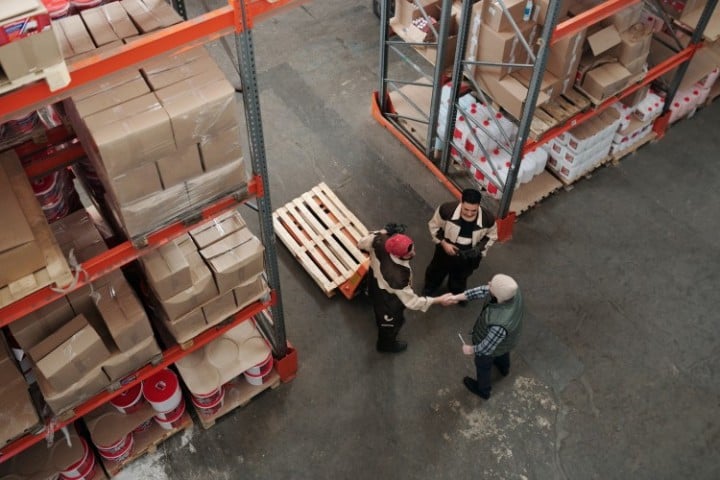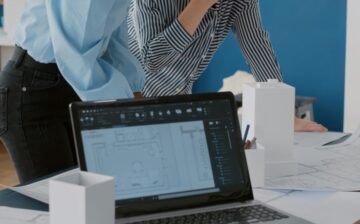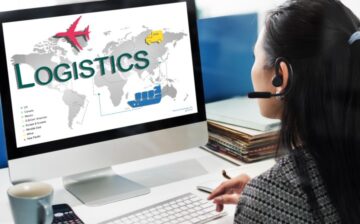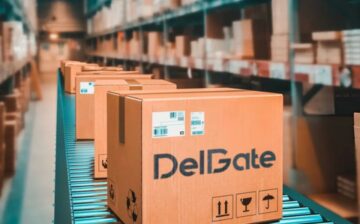
During the last decade there has been a change in society and concern for the environment and sustainability have become a priority issue for many people, companies and institutions. One of the most striking consequences that indicates this evolution towards the sustainable and the green, is found in the great importance that is increasingly given to reverse logistics. Also, recovery of waste, surplus products and obsolescence, to prevent them from causing environmentally harmful pollution.
Global warming, pollution in large cities and the oceans, and deforestation, among other events, have awakened in people the need to protect the environment in order to increase the standard of living and ensure that future generations continue to enjoy the same resources available today.
What is Reverse Logistics
It is a process within the supply chain that occurs after the delivery of the merchandise to the end user, and consists of returning the product, container or packaging to the distributor, supplier or manufacturer.
This process is not always necessary, although the trend is to include it more and more in merchandise distribution processes to minimize the impact on the environment.
Reverse logistics is also known as retro logistics, and it is a process that many online stores offer their customers today. As it is a powerful marketing tool, the largest exporters of India like ExFro are doing this.
The legal and legislative pressure of the different countries has also influenced the increase in reverse logistics, with the aim of minimizing the impact of waste derived from products on the environment.
The most important elements are the treatment of goods, products, containers and packaging, as well as the reduction of waste at source. Using the appropriate tools and procedures is intended to minimize the waste generated in the life cycle of the product, since it leaves the place of distribution, until it reaches the customer, and in the process of returning to the origin if it is produced.
Types of Reverse Logistics
We can find two different types of reverse logistics;
1. Reverse Logistics of Returns
It occurs when the product has to be returned from the final customer to the original distributor, manufacturer or supplier. There are many circumstances by which this type is applied, the most common being:
– End customer returns the product as it does not match what he had purchased.
– Product arrives in a defective state or has some tare.
– The product is delivered to the wrong address and the correct address is not available.
– The product is obsolete or has reached its useful life.
– There is an excess of stock and the products must return to the warehouse or distribution center.
– For seasonal inventory, returning leftover products when their sales period is over.
2. Reverse Logistics of Waste
When what is returned after delivery is waste, that is, the waste that has been generated by the final product after its delivery is recycled and treated. The objective of this reverse logistics is to reduce the environmental impact by recovering and reusing these materials.
With this type of reverse logistics of waste, the final destination of the products, packaging and containers is not the landfill, but a center where they are treated and recycled, turning them into new products or usable materials again.
Characteristics
We can define reverse logistics with a series of fundamental characteristics:
- Reverse logistics can scale at different levels. For example, from the final customer it passes to the distributor, and from this, to the manufacturer.
- It is more profitable the higher the volume moves. The more products or waste that are returned, the lower the costs of returning them to their origin (transport and storage costs).
- It is a tool to establish a closer and more solid relationship with customers, although it requires a greater investment and effort on the part of the company (differentiating elements from the competition).
- Different areas of the company are involved in the reverse logistics or return process, and not just the logistics and transportation department. In a return, the customer service acts to interact with the end customer or the finance department, to generate the corresponding payment and return invoice, for example.
- Reverse logistics is activated in most cases, through after-sales service or customer service.
Examples in an E-Commerce
One of the clearest examples of reverse logistics can be found in the product return services offered by many online stores. This is a period in which customers can return the product to the store if it does not meet their expectations, starting the reverse logistics process.
It is used by many virtual stores as a differentiating element to attract more customers, offering product returns at 0 cost.
Another interesting example of reverse logistics can be found in the return of glass containers, which allow a second, and even more uses, after being recovered and treated properly.
Advantages for a Company
The benefits that reverse logistics brings to a business or an online store are:
- Minimize the impact on the environment, evolving the business towards a system of greater responsibility and commitment to the environment.
- Improving the image of the company thanks to corporate social responsibility.
- Provide a second life to the products and waste generated in the supply chain.
- Improve consumer and customer satisfaction, allowing them to return a product if it does not meet their expectations, which will give them greater peace of mind when making online purchases.
- Exploit new avenues or business opportunities (as in the case of outlets that sell products with some small deficiency at really low prices).
- Have greater stock control thanks to a better redistribution of merchandise.
Disadvantages
Although there are many benefits for the consumer, the environment and companies, logistics also has some drawbacks that must be taken into account.
It increases the work and effort throughout the supply chain to be able to return the products to the origin. This increase in time and effort generates a series of expenses that will have to be assumed by the clients, the companies or both.
In many cases, it is used in a fraudulent or interesting way by some users, who return the product after giving it a specific use for which they needed it.
It is hopeful to see how reverse logistics and reuse are processes increasingly adopted by companies, putting a stop to the escalation of waste generation in which we are immersed and that is causing so much damage to the environment where we live.
Reverse logistics is a very interesting tool for differentiating an online store, as it offers customers many benefits, such as caring for the environment or returning a product if they are not 100% convinced once received.
We hope you found What to Know About Reverse Logistics in the Environment, useful. After your trip abroad, make sure you read Factors to Consider Before Setting up a Logistics Company to prepare for moving back!
Have Experience in the Moving Industry? Want an Additional Income Stream? Work With All Around Moving!
Unique opportunity to earn extra income and apply your knowledge and expertise in the moving industry. Partner with us, All Around Moving Company, and we’ll help you make money. Click here to learn more.





